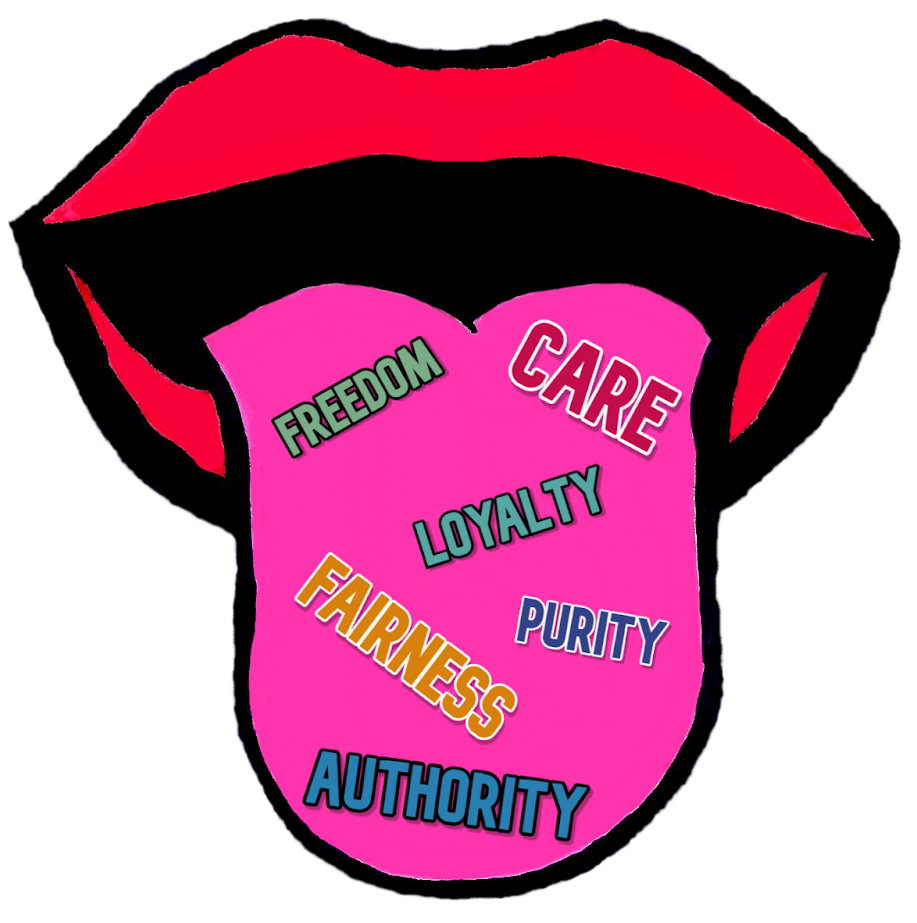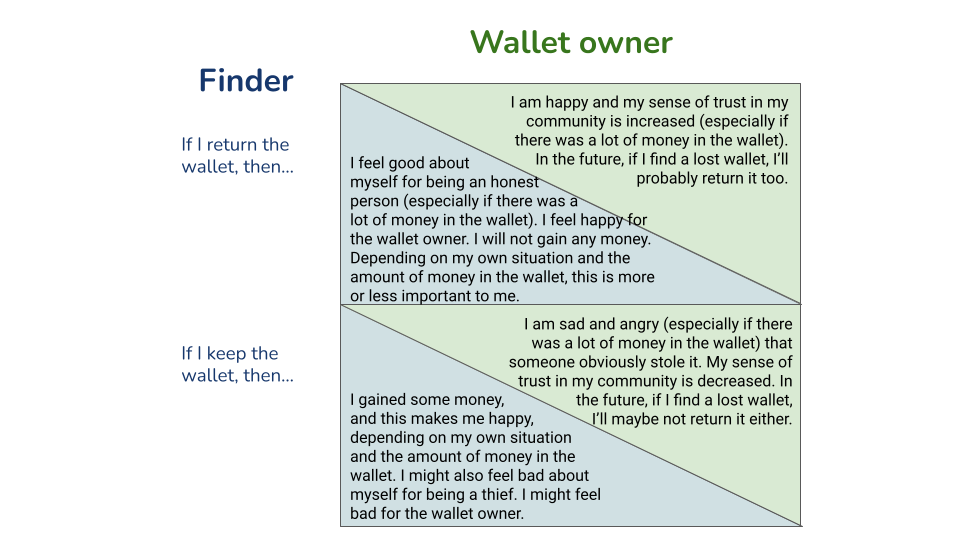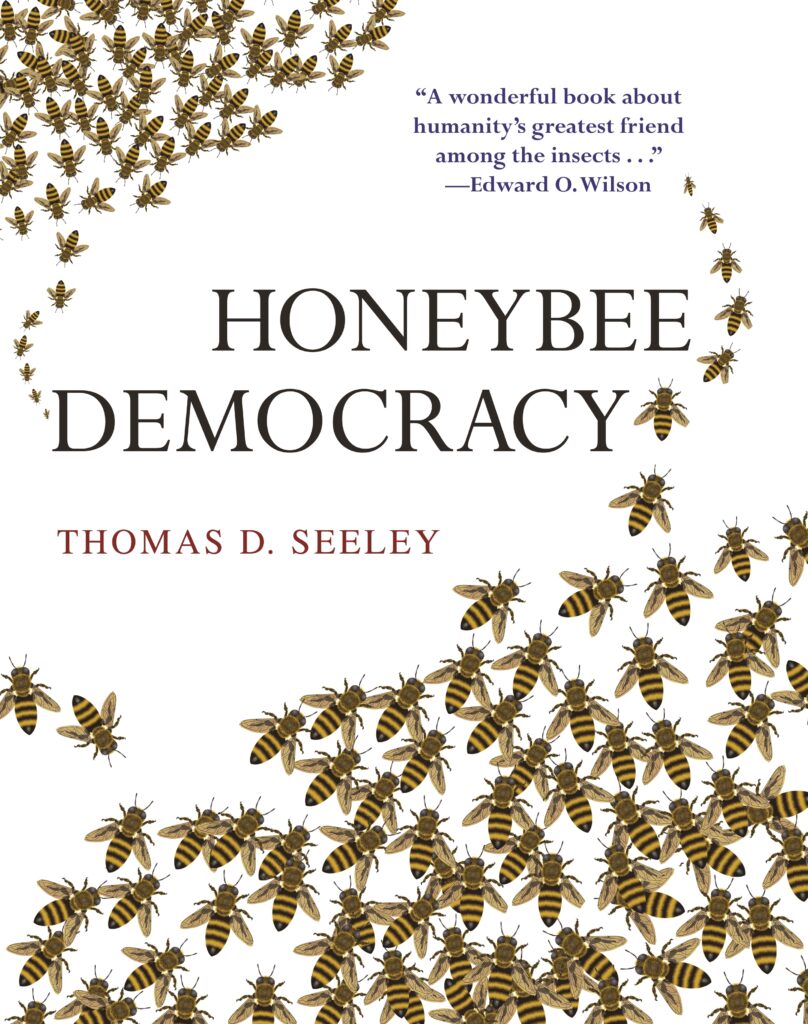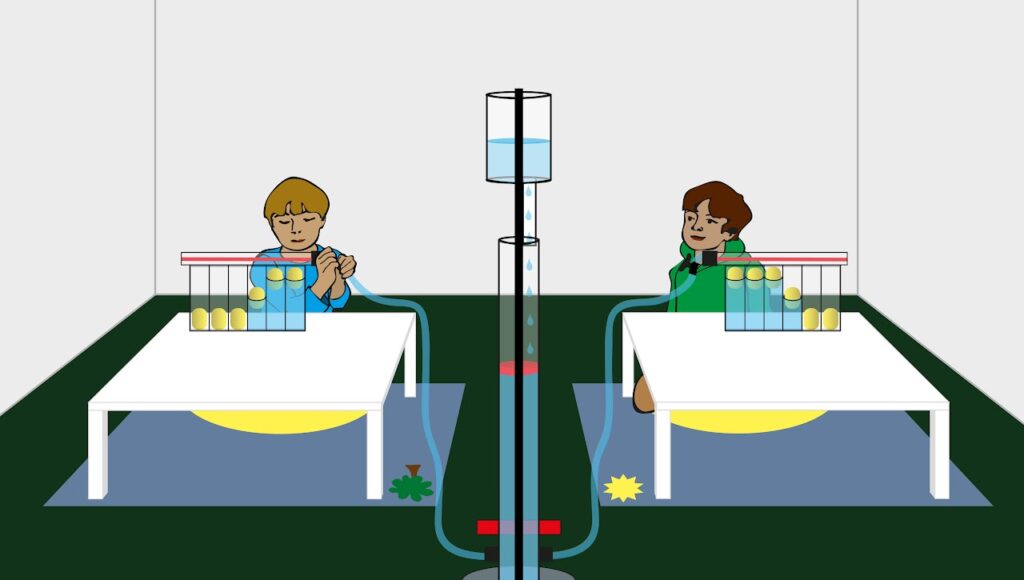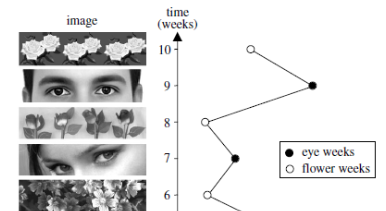Born good? Babies help unlock the origins of morality
Can infants already distinguish between what is morally right and wrong? This video explores experiments with babies to answer these questions.
Born good? Babies help unlock the origins of morality Read More »


